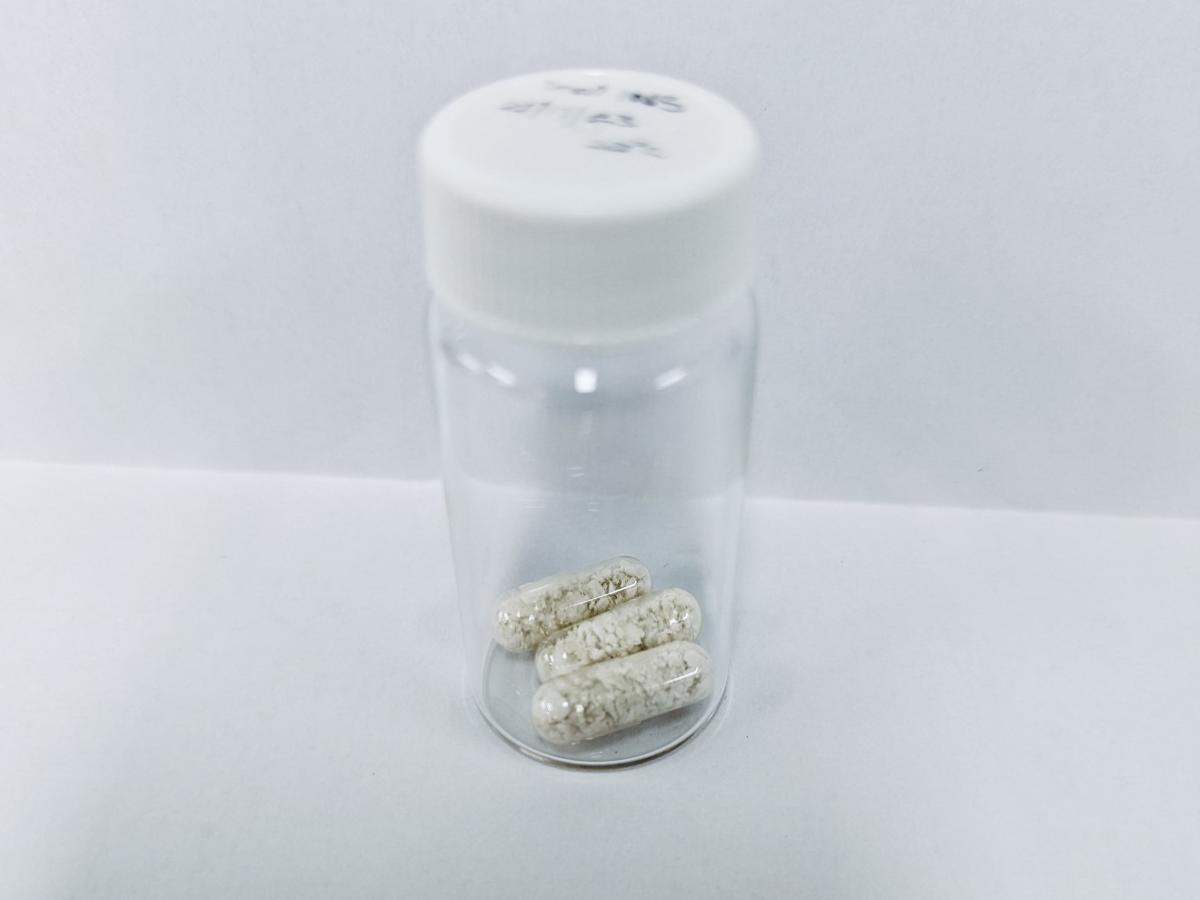
Scientists have made a significant leap in diabetes management, potentially transforming the lives of millions. In their new study, the researchers reported excellent results for edible insulin, a welcome alternative to the daily injections faced by approximately 75 million diabetes patients globally.
Encased in a flavorful chocolate medium, this innovative insulin utilizes nano-carriers, so minuscule that they elude detection under standard microscopes. These nano-carriers, about 1/10,000th the width of a human hair, provide a precise and targeted insulin delivery system.
“This way of taking insulin is more precise because it delivers the insulin rapidly to the areas of the body that need it most. When you take insulin with a syringe, it is spread throughout the body where it can cause unwanted side effects,” explains co-author Professor Peter McCourt at the Arctic University of Norway (UiT).
Why insulin has to be injected — for now
For individuals with type 1 diabetes, and many with advanced type 2 diabetes, maintaining blood sugar within a narrow range is crucial. Injecting the hormone insulin fulfills this role nicely, having saved millions the drug was first isolated in 1922. But wouldn’t it be more convenient to just eat it? It would, if it worked.
The human digestive system, designed to break down food into absorbable components, poses a significant barrier to oral insulin delivery. When ingested, insulin, a protein, is degraded by stomach acids and digestive enzymes. This breakdown prevents insulin from reaching the bloodstream intact and performing its vital role.
Injecting insulin subcutaneously, that is, just under the skin, bypasses the hostile environment of the digestive tract. This method ensures that a controlled amount of insulin enters the bloodstream, maintaining the necessary blood sugar levels. The subcutaneous tissue acts as a reservoir from which insulin is gradually absorbed into the blood, offering a steady, predictable effect.
Injectable insulin isn’t that bad. The dosage and timing can be customized to a patient’s lifestyle, eating habits, and blood sugar patterns. It starts working within minutes, quickly adjusting sugar levels after a meal. More recently, manufacturers have released new products that make the process less painful and more user-friendly, including insulin pens, pumps, and finer needles.
But it’s still a hassle. Injecting insulin is still rather painful and having to do it every day is burdensome. This need for a better quality of life has driven the search for alternative delivery methods over the past decade. This is where the new study comes in.
A more convenient way to deliver insulin for people with diabetes
The novel nano-carrier-based insulin pill was developed by the University of Sydney and Sydney Local Health District, in collaboration with UiT. Unlike other similar edible insulins that target release in the pancreas, this one is designed to be released into the liver. Although insulin is produced in the pancreas in healthy people, it does its magic when it reaches the liver — so it makes sense to have it delivered straight to its ultimate destination. This also reduces fat accumulation, a byproduct of injectable insulin, which often affects muscles and fat disproportionately.
The key innovation here lies in a special polymer coating developed by Australian researchers in 2018. This coating is highly responsive to its environment, allowing for the release of insulin at just the right time and in the right place in the liver. To make this delivery method more palatable, the coating is incorporated into sugar-free chocolate.
“Upon reaching the liver, the coating dissolves only when blood sugar is high, releasing insulin precisely when needed,” said project lead Nicholas J. Hunt of the University of Sydney.
Extensive testing on nematodes, mice, rats, and baboons, including those at the National Baboon Colony in Australia, demonstrated the method’s efficacy and safety. The oral insulin was well-received and effective in lowering blood sugar levels in these tests.
Human trials, led by Endo Axiom Pty Ltd, a spin-off company founded by Australian researchers, are set to commence in 2025. These trials aim to confirm safety and effectiveness, particularly in preventing hypoglycemia — this time in humans. If this works, the researchers will conduct a new trial involving a lot more people to further scrutinize the drug’s efficacy and attempt to sniff out any potential side effects that might affect patients.
“Our team is very excited to see if we can reproduce the absent hypoglycemia results seen in baboons in humans, as this would be a huge step forward. The experiments follow strict quality requirements and must be carried out in collaboration with physicians to ensure that they are safe for the test subjects. After this phase I, we will know that it is safe for humans and will investigate how it can replace injections for diabetic patients in phase 2 trials,” Hunt said.
With the possibility of being market-ready in 2-3 years, this novel treatment holds the promise of a less intrusive, more effective diabetes management option, potentially revolutionizing the daily lives of millions. Something to watch out for.
The findings were reported in the journal Nature Nanotechnology.






